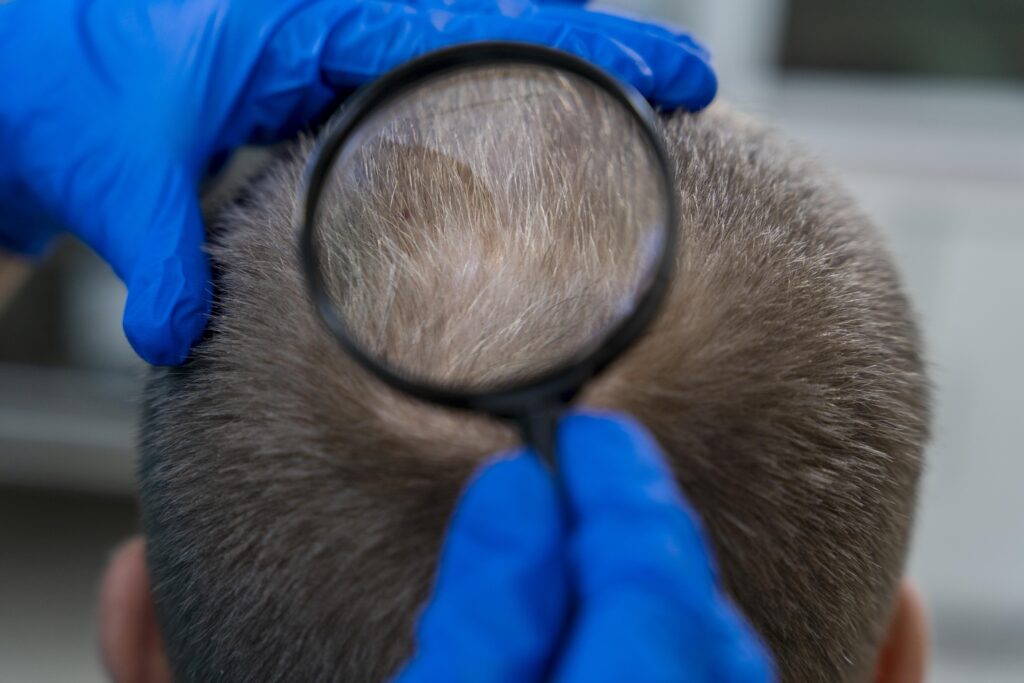
Introduction:
Hair is not just a bundle of strands; it’s an integral part of our identity. However, the harsh reality is that many individuals face the challenge of thinning hair at some point in their lives. The good news is that the realm of non-surgical treatments for thinning hair has expanded, offering a fuller spectrum of solutions to address this common concern.
Understanding Thinning Hair:
Before delving into non-surgical treatments, it’s crucial to grasp the causes of thinning hair. Factors like genetics, hormonal changes, poor nutrition, and stress can contribute to hair loss. Non-surgical interventions aim to reverse or slow down this process, promoting healthier, thicker hair without resorting to surgical procedures.
Topical Treatments:
One of the most accessible and widely used non-surgical treatments involves topical solutions. Minoxidil, an FDA-approved over-the-counter medication, is a popular choice. It works by promoting blood flow to the hair follicles, stimulating hair growth. Various formulations, such as foams and liquids, make it easy to incorporate into daily routines.
Laser Therapy:
Laser therapy has gained traction as an effective non-surgical solution for thinning hair. Low-level laser light stimulates cellular activity, encouraging hair follicles to grow thicker, healthier strands. Devices like laser combs and helmets allow users to administer this therapy at home, making it a convenient option for those seeking non-invasive interventions.
Platelet-Rich Plasma (PRP) Therapy:
PRP therapy involves drawing a small amount of the patient’s blood, processing it to concentrate platelets, and then injecting the PRP into the scalp. Platelets contain growth factors that stimulate hair follicles and promote hair growth. While the science behind PRP is still evolving, many individuals have reported positive outcomes, making it a promising non-surgical treatment option.
Nutritional Supplements:
Sometimes, addressing hair thinning requires internal nourishment. Nutritional supplements like biotin, vitamins, and minerals play a vital role in maintaining healthy hair. Consulting with a healthcare professional to identify specific deficiencies and tailoring a supplement regimen accordingly can be an effective non-surgical approach to combating thinning hair.
Scalp Micropigmentation (SMP):
For those seeking a cosmetic solution, scalp micropigmentation is a non-surgical procedure that creates the illusion of a fuller head of hair. Tiny pigments are tattooed onto the scalp, replicating the appearance of hair follicles. SMP is an excellent option for individuals who want immediate results without the commitment and potential side effects associated with surgical interventions.
Conclusion:
The spectrum of non-surgical treatments for thinning hair is vast, offering a range of options catering to individual preferences and needs. From topical solutions and laser therapy to PRP and nutritional supplements, there’s a growing understanding that addressing hair loss doesn’t always require invasive measures. Choosing the right approach often involves a combination of these interventions, personalized based on the underlying causes of hair thinning.
It’s important to note that results can vary, and consultation with healthcare professionals or specialists in hair restoration is crucial to determine the most effective course of action. As technology and research continue to advance, the fuller spectrum of non-surgical treatments for thinning hair is likely to expand, providing hope and confidence for those seeking to regain a lush and vibrant mane.

